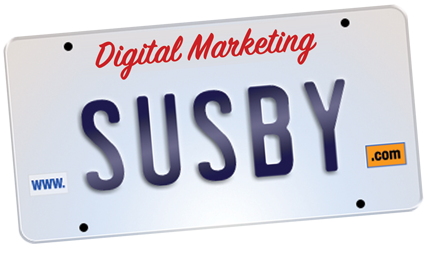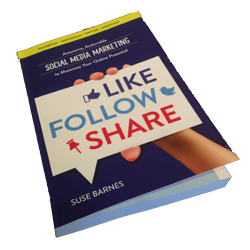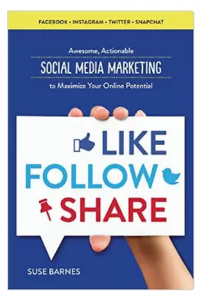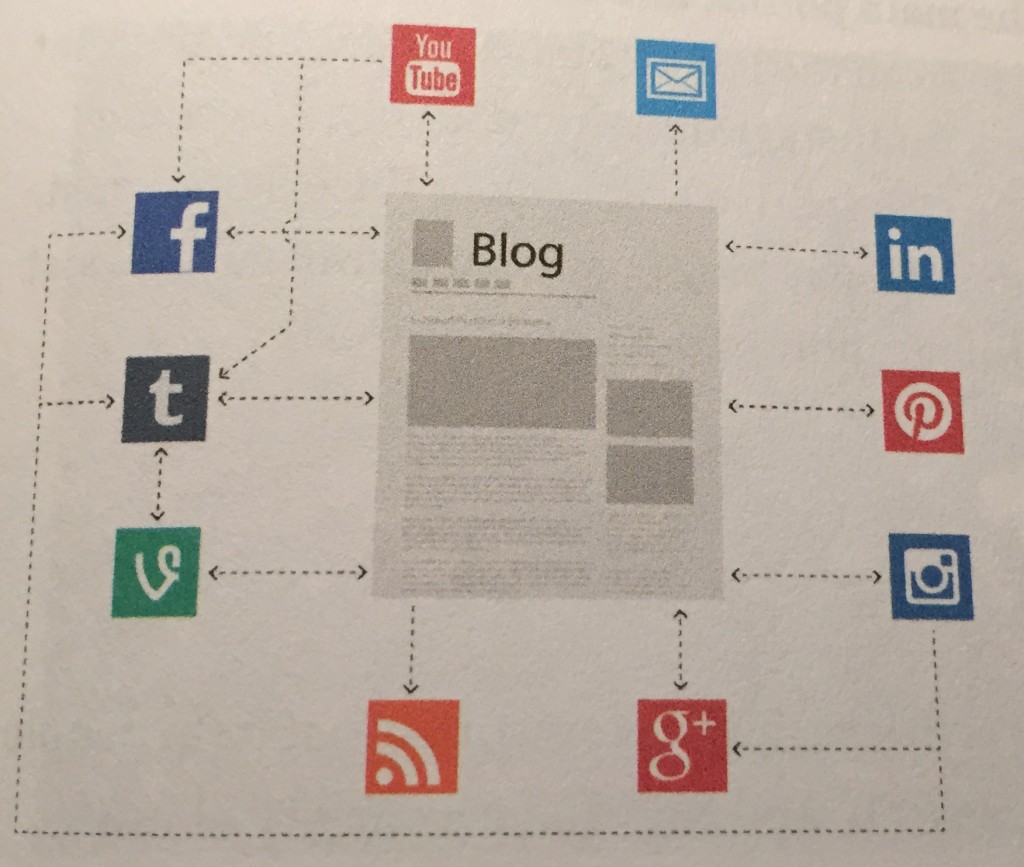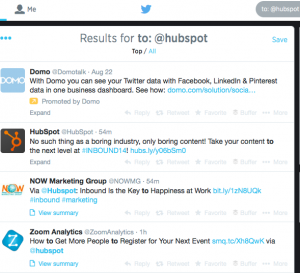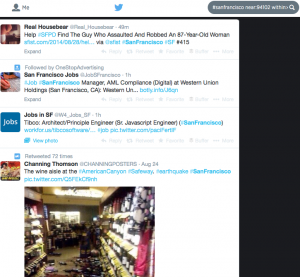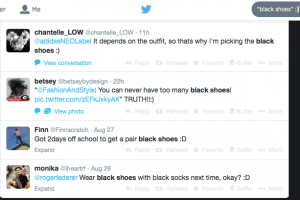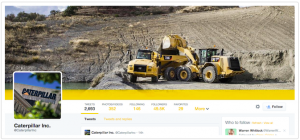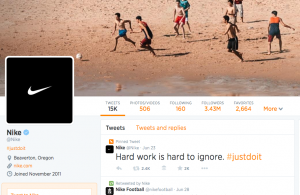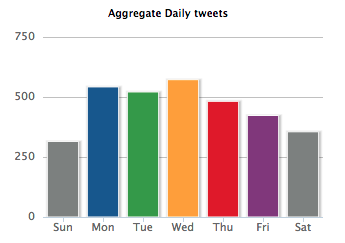Personal Branding Opinion: You Are a Brand
Personal Branding, Are You An Advocate?
A recent tweet from @KeithBDixon noted that the contents of Chapter 2 of my book was in direct conflict with Sheryl Sandberg’s opinion. This post explains why we have differing opinions on personal branding. (Thank you Keith for posting and responding to my question about your post.)
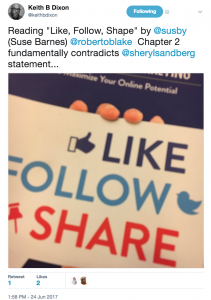
In Brian Clark’s article on TheNextWeb.com, he reports that Sheryl Sandberg does not think she has a brand, and that she believes she is only using her voice. I beg to differ. I believe that the fact that she is a household name, whether 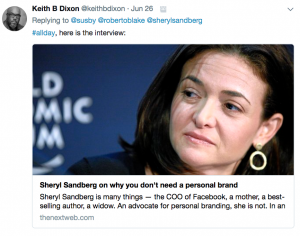 she likes it or not, means she has a brand.
she likes it or not, means she has a brand.
And here’s why: Personal branding is about reputation. Your personal brand is a way for us to determine whether or not you are someone we can trust.
Your customers define your brand.
A brand is something bestowed on a product, idea or person by the audience bestowing it. Just like beauty is in the eye of the beholder, so brand recall, brand loyalty and brand trust comes from the customers of the brand. Nike isn’t Nike because of the marketing it does or how it is packaged. It is a brand because over time it has become something people understand to have a specific meaning and with that meaning comes a level of trust.
Building a brand comes from providing something that the audience can feel, align with and rally around. The fact that Nike is much more famous than Inov-8 doesn’t mean that Inov-8 is not a brand. All other things being equal, Nike has just been around for longer and has earned more money to promote itself (aka brand) with, but customers still give the brand it’s voice.
Think about this statement for a minute:
You are who you are in the listening.
You are no-one if all you do is sit in your living room never communicating with anyone. Do you want to be known or unknown? Do you want to be famous or infamous? When you start talking to people, sharing yourself via social channels, traditional media outlets, writing books, speaking publicly, you are building a reputation and a brand around who you are so that people can figure out if you are the right person for them to hire, friend, partner with, marry, look up to, date, and refer to others. Whenever you are in the media whether it is social or traditional, you are building your personal brand.
We buy or don’t buy from Patagonia because we believe in the quality of the product and the ideals and philosophies upon which the company stands. We support the company and give money in exchange for goods because we believe we are getting something we want from a brand we trust. And just as brands are built by customers, voices are built by listeners. If no-one is listening, you have no voice. If everyone is listening, you have a voice and you become a spokesperson for whatever venture you are currently on whether it is Facebook, feminism or your own personal story.
It’s about building trust.
Building a personal brand may not be something that Sheryl feels she is doing, but it’s something she has been doing all her life. By telling her story in Lean In, by sharing the loss of her husband so openly on Facebook, she opened her heart to the public and let us know more about her. That is trust building. That’s what she means when she talks about being authentic and sharing her voice. She absolutely has a voice and moreover, she has a brand. She just doesn’t know it, because she doesn’t feel like she has put in any effort, i.e. money to build it, but oh she so has. The more famous you become, the bigger your voice is. That’s because people recognize you as a brand.
We consumers form ideas about who you are, when we hear or read your name.
We listen to Sheryl Sandberg because she has built our trust through the number of people she has been able to acquire as followers and fans. Unfortunately those who have the biggest voices are also those who have the biggest reputations. And just like product brands who we associate thoughts with before hearing any more than their brand name, so personal brands have the same effect.
So, whether you read Sheryl Sandberg, Mark Zuckerberg, Steve Jobs, Bill Gates, Ben Parr, Sophie-Charlotte Moatti, Neil Patel, Danny Sullivan, Rand Fishkin, Avinash Kaushik, Seth Godin or your own name here, [insert name here], each of us known by our history, what we have contributed, said, posted, experienced and accomplished. Your personal branding is about how many people have seen or heard about those accomplishments and experiences.
Today more than ever, in a world of countless opportunities to have a voice, and how you shape your personal brand matters. Your reputation precedes you. You are a brand.
